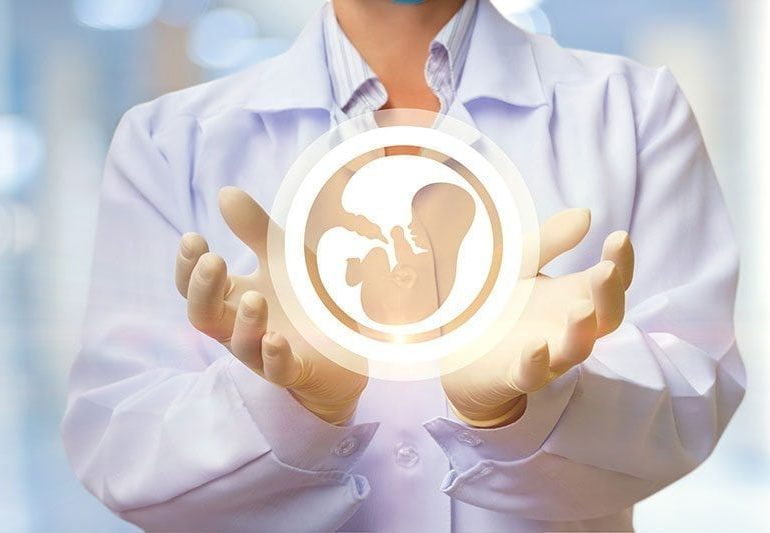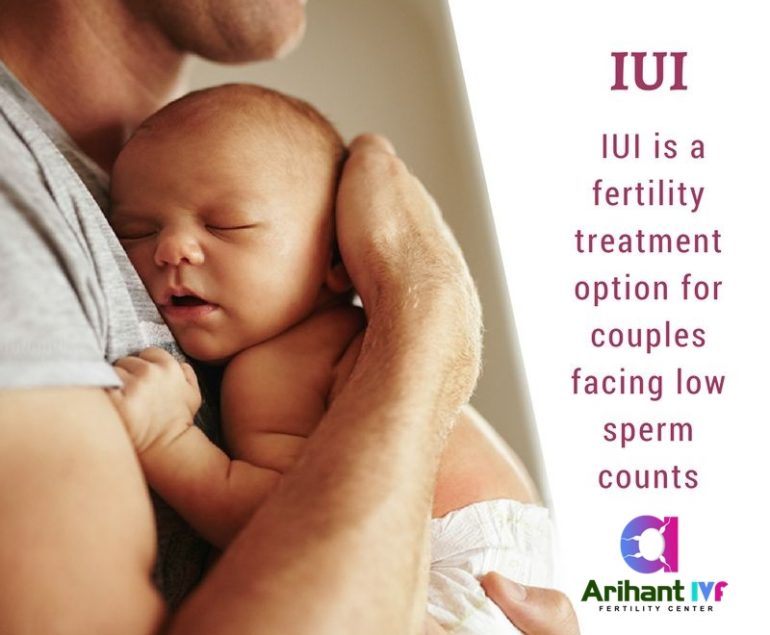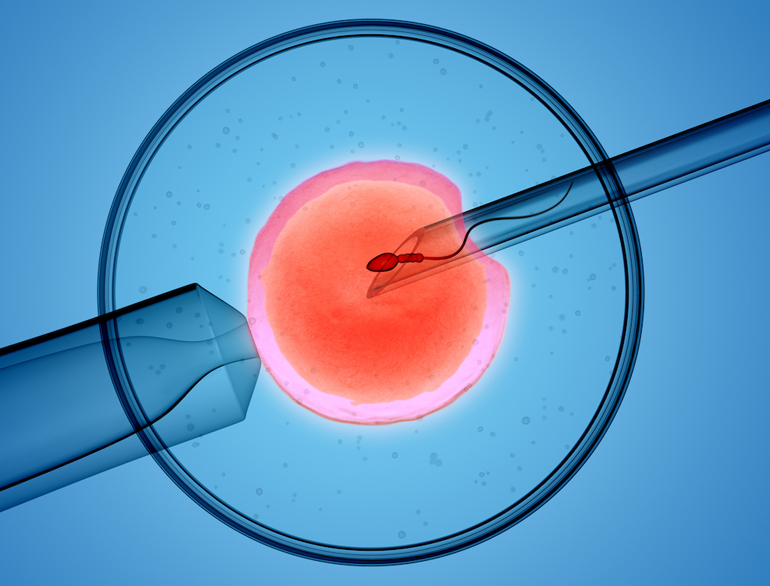What is IVF Treatment?
In vitro fertilization (IVF) is a type of assistive reproductive technology (ART). It involves retrieving eggs from a woman’s ovaries and fertilizing them with sperm outside the body, in vitro. This fertilized egg is known as an embryo. After the fertilized egg undergoes embryo culture for 2-6 days, it can then be frozen in storage for future use or transferred to a woman’s uterus, with the intention of establishing a successful pregnancy.
Generally, the cause of infertility may include Hormonal imbalance in both men or women, trouble in ovulation in women, a problem with fallopian tubes or uterus and some other undiagnosed reason will be possible.
Is IVF for me?
Following are the infertility-related medical conditions for which you should select IVF treatment:-
- You have been diagnosed with unexplained infertility
- Your fallopian tubes are blocked
- You have been unsuccessful with other techniques like using fertility drugs or intrauterine insemination (IUI)
- There is a minor degree of male subfertility - more severe problems are treated with intra-cytoplasmic sperm injection (ICSI).
How does IVF work?
IVF techniques and treatment procedures can differ from clinic to clinic, often depending on your individual circumstances.
A typical IVF treatment may involve:
Step 1. Suppressing the natural monthly hormone cycle
As a first step of the IVF process, you may be given a drug to suppress your natural cycle. Treatment is given either as a daily injection or a nasal spray. This continues for about two weeks.
Step 2. Boosting the egg supply
After the natural cycle is suppressed you are given a fertility hormone called FSH (or Follicle Stimulating Hormone). This is usually taken as a daily injection for around 12 days.
Step 3. Checking on progress
Throughout the drug treatment, the clinic will monitor your progress. This is done by vaginal ultrasound scans and, possibly, blood tests.
Step 4. Collecting the eggs
In the IVF process eggs are usually collected by ultrasound guidance under sedation. This involves a needle being inserted into the scanning probe and into each ovary.
Step 5. Fertilizing the eggs
Your eggs are mixed with your partner’s or the donor’s sperm and cultured in the laboratory for 16–20 hours. They are then checked to see if any have fertilized.
Step 6. Embryo transfer
For women under the age of 40, one or two embryos can be transferred. If you are 40, or over, a maximum of three can be used.
Step 7. Other treatments
Some clinics may also offer blastocyst transfer, where the fertilized eggs are left to mature for five to six days and then transferred.
Step 1. Collecting sperm
Around the time your partner’s eggs are collected, you are asked to produce a fresh sample of sperm.
This is stored for a short time before the sperm are washed and spun at a high speed. This is so the healthiest and most active sperm can be selected.
If infertility issues obstructing your way to parenthood don’t just wait and get the best IVF treatment in Sikar, Rajasthan to overcome infertility problems. Contact Arihant IVF & Fertility Care Center, Sikar for the In vitro fertilization (IVF) treatment with the best results. We provide the best IVF infertility treatment under the supervision of our experienced infertility specialists and skilled medical staff.
Infertility IVF treatment at Arihant IVF & Fertility Care Center, Sikar is precise and success-oriented. Our state-of-the-art facility and highly experienced doctors with profound knowledge provide exceptional treatment options for various infertility conditions.




